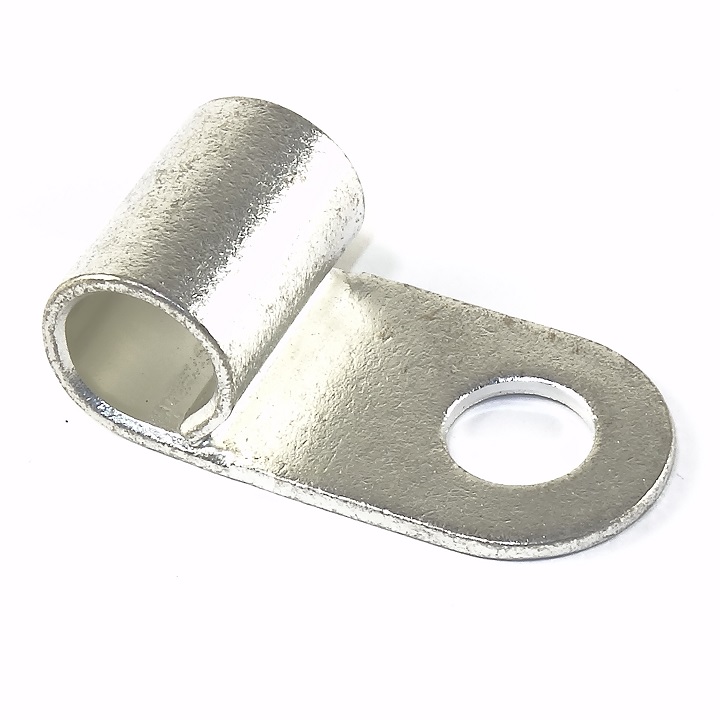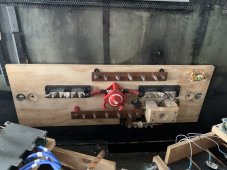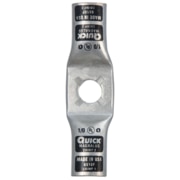DerpsyDoodler
Solar Addict
- Joined
- Jan 10, 2021
- Messages
- 2,247
I need to join my 2 battery negatives (1/0 each) into a single 4/0 butt splice to 4/0 wire. i am joining these to run them through the shunt.
I could just put a 1/0 lug on the end of each battery begative, then double the 2 lugs on the shunt stud, but my concern is this may cause resistance imbalance in the circuit leading to one battery being used/stressed more than the other.
Is the concern negligible in this case?
Should I splice to 4/0 or just double up 1/0 lugs on the shunt?
I could just put a 1/0 lug on the end of each battery begative, then double the 2 lugs on the shunt stud, but my concern is this may cause resistance imbalance in the circuit leading to one battery being used/stressed more than the other.
Is the concern negligible in this case?
Should I splice to 4/0 or just double up 1/0 lugs on the shunt?










